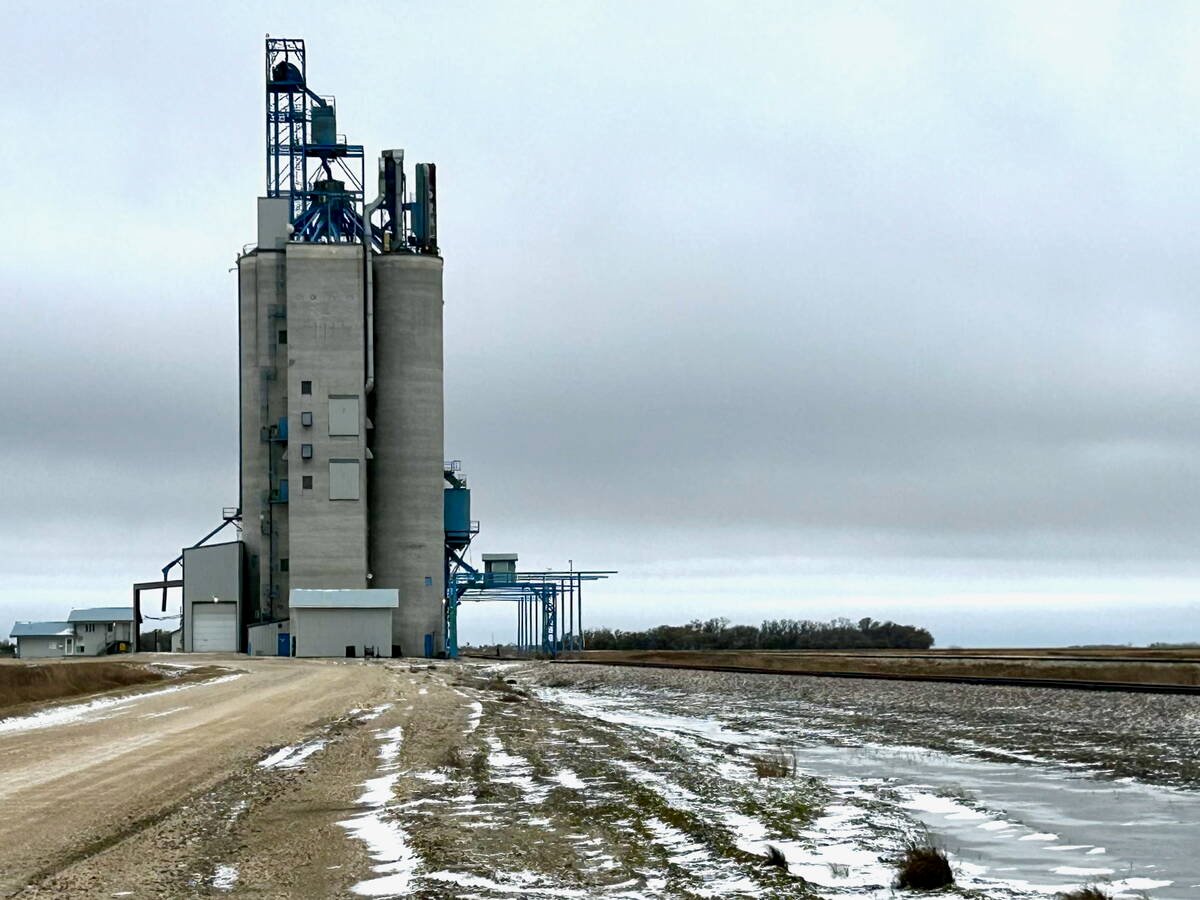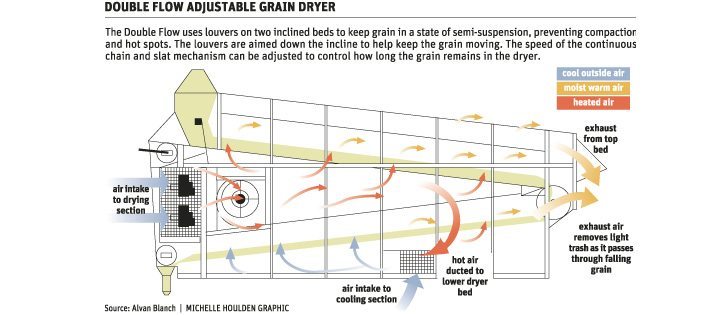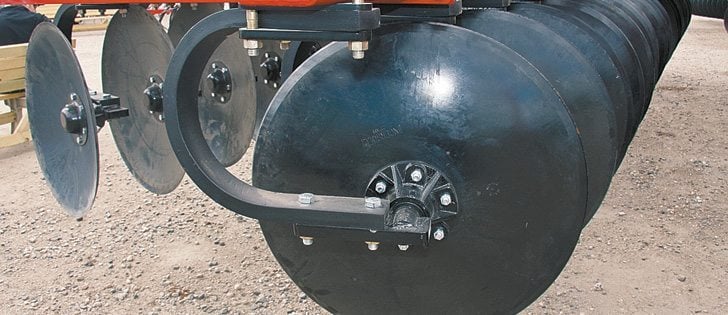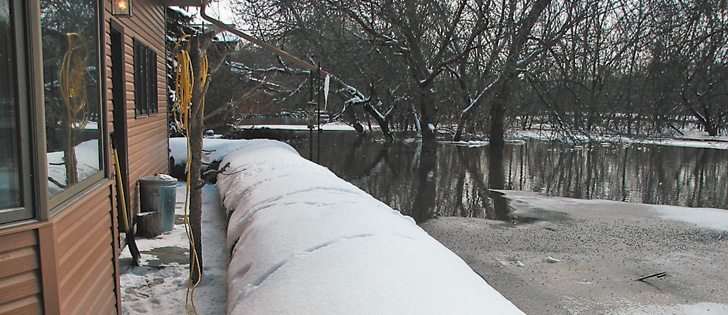25 years of data | Ag Canada researchers conclude there is no benefit to top dressing post emergence
A soil fertility expert has found that split applications of nitrogen do not increase crop yields compared to applying nitrogen only at seeding.
Cindy Grant’s findings are based on 25 years of field studies, yet some prairie producers still believe that holding back nitrogen at seeding and applying the remainder after crop emergence boosts yields.
“I think it’s a misconception that they (growers) increase yield by doing split applications, that you’re spoon feeding the crop and all this,” Grant said from her office at Agriculture Canada’s Brandon Research Centre.
Read Also

Manitoba grain elevator ownership expands
Carman-based Linear Grain buys Fannystelle elevator from Bunge, another three elevators sold to Morden’s BP & Sons Grain and Storage Inc.
“There are a lot of areas (in the world) where it will be beneficial. It’s just not necessarily here (on the Prairies).”
Grant has studied this topic multiple times in the past two and a half decades. She conducted field trials on split nitrogen applications for one of her first research projects at the Brandon centre and is now helping to write another paper based on recent field trials of split applications.
In the study, the researchers came to the same conclusion they did in the past: there are no yield benefits compared to side banding nitrogen at seeding.
“We essentially had no circumstances where we had higher yields by doing that (split applications),” she said.
Even though there are enough papers on this topic to fill a shelf in an Ag Canada office, growers continue to play around with split applications because they can, said John Heard, Manitoba Agriculture’s soil fertility specialist.
“Certainly it’s not the norm for people to be doing this … (but) the reason farmers are liking to try this now is because many of them have their own applicators that apply liquid fertilizer,” he said.
“They’re not waiting for custom operators, so maybe they can do their timing a bit better.”
As well, farmers who immigrated to Western Canada in the last couple of decades might be splitting their nitrogen application because it’s a normal practice in Europe. The practice works there because of a wet growing season that lasts 150 days or longer, which means nitrogen losses are the norm.
“On the Prairies, we have 95 to 100 days, that type of growing season,” said Grant said, who also noted it’s drier in Western Canada.
“There’s less time for those losses to occur before the crop really needs that nitrogen.”
Unless soil conditions are extremely wet, like last spring in parts of Western Canada, banded nitrogen will still be there when the crop needs it, said Heard.
Some European immigrant farmers have learned that top dressing isn’t practical on the Prairies, he added.
“John, we’re not in Germany anymore,” some farmers have told Heard. “Things just grow too fast here.”
Though the science is fairly clear, Grant and others continue to study split application of nitrogen because fertility specialists are constantly seeking the ideal way to fertilize a crop.
“As researchers we keeping looking at this because, hey, maybe we can do better,” Grant said.
“When the equipment changes and the technology changes, you want to re-evaluate things to see if you can take new technology and use it in a better way, fertilize smarter.”
Farmers shouldn’t use a split application if the intent is to boost yields, but it is a risk management tool, Grant said.
If the soil is too dry or too wet and yield potential is limited, canola growers might want to hold back nitrogen at seeding and wait to see if conditions improve before top dressing post emergence.
“If people are risk averse and are in that situation, maybe there might be a benefit,” Grant said.
Dan Orchard, a Canola Council of Canada agronomist from south-central Alberta, said growers should consider top dressing only in specific circumstances.
“Top dressing nitrogen, in my opinion, only has two applications: either the weather conditions have im-proved such that the yield potential has increased since seeding time, or you just couldn’t access product or put enough on at seeding time.”
Nonetheless, with canola trading higher than $12 a bushel, 2012 isn’t a good year to scrimp on nitrogen, Orchard said.
After looking at a few nitrogen rate calculators, he found it makes economic sense to apply 120 to 130 pounds of nitrogen per acre, even if urea costs $900 per tonne.
“Although fertilizer prices are high, so is the canola price,” he said. “So it doesn’t look like cutting back on nitrogen is going to be a good idea this year.”
- top dressing of nitrogen should be done before the six leaf stage, about a month after emergence
- dry or liquid products can be used, such as urea, blends of urea and ammonium sulfate, dribble band UAN, urea treated with Agrotain (to limit volatilization) and UAN treated with Agrotain
- about a half inch of rain is needed to dissolve the product, whether liquid or dry
- foliar application of nitrogen while applying a herbicide isn’t effective because it’s not possible to deliver sufficient nitrogen without damaging the plants
- research has shown that canola can absorb up to seven pounds of nitrogen per acre, per day
- anecdotal evidence has shown that top dressing after hail does help canola recover, but those stories haven’t been validated by third party research















